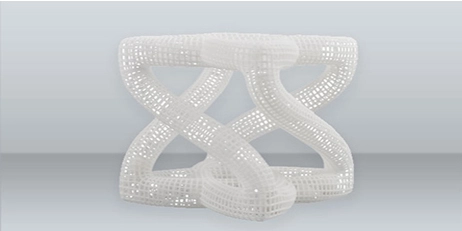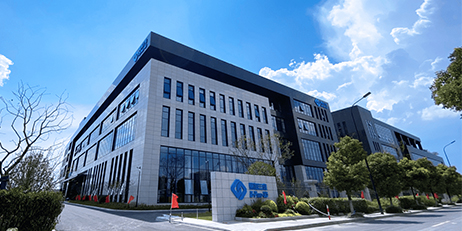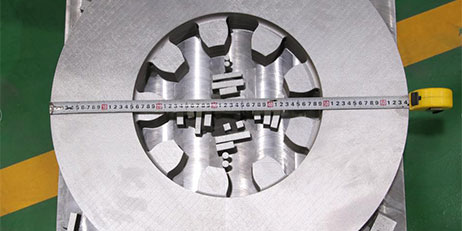Eco-friendly construction practices have gained significant momentum in recent years, driven by the urgent need to combat climate change and reduce the environmental impact of human activities. One emerging technology that holds great potential in revolutionizing the construction industry is the Big Area Additive Manufacturing (BAAM) machine. In this blog, we will explore the concept of eco-friendly construction and delve into how the use of BAAM machines can contribute to a sustainable future.
The Need for Eco-Friendly Construction
As urbanization continues to increase at an unprecedented rate, traditional construction methods are becoming increasingly unsustainable. The construction industry is known to be one of the largest consumers of natural resources, utilizing vast amounts of energy and generating substantial waste. Eco-friendly construction aims to minimize these negative environmental impacts by adopting energy-efficient practices, reducing carbon emissions, and promoting sustainability throughout the entire construction life cycle.
Introduction to Big Area Additive Manufacturing (BAAM)
Big Area Additive Manufacturing is a groundbreaking technology that enables the construction of large-scale structures using 3D printing techniques. BAAM machines have the capacity to fabricate complex architectural designs with reduced material waste and decreased reliance on traditional construction methods. By utilizing advanced materials and additive manufacturing processes, BAAM machines can significantly reduce energy consumption and carbon emissions associated with conventional construction methods.
Environmental Benefits of BAAM in Construction
Material Efficiency: BAAM machines optimize material usage by printing layer by layer, eliminating the need for excess materials and minimizing wastage. This precise approach not only reduces construction costs but also minimizes the exploitation of natural resources, thereby conserving the environment.
Reduced Carbon Footprint: BAAM machines employ sustainable materials, such as recycled plastics or bio-based polymers, which have lower carbon footprints compared to traditional construction components. Additionally, the reduction in transportation of heavy construction materials leads to a decrease in greenhouse gas emissions.
Energy Efficiency: 3D printing technologies used in BAAM machines are considerably more energy-efficient compared to traditional construction methods. By using computer-controlled mechanisms, BAAM machines reduce the energy required for on-site construction significantly, leading to reduced electricity consumption and further lowering carbon emissions.
Promoting Sustainable Construction Practices
The integration of BAAM machines into the construction industry is a crucial step toward sustainable development. By embracing this technology, construction companies can contribute to the following:
Enhanced Aesthetics and Design Flexibility: BAAM machines enable architects to create intricate designs that were once thought to be impossible. The freedom to design and construct complex structures allows for more aesthetically pleasing buildings that blend harmoniously with their environment.
Cost-Effectiveness: While Big Area Additive Manufacturing machines require initial investment, they prove to be cost-effective in the long run. Their ability to decrease construction time, minimize material waste, and reduce labor requirements leads to substantial cost savings, making it an economically viable option.
Waste Reduction and Recycling: The additive nature of Big Area Additive Manufacturing machines reduces construction waste as compared to traditional construction methods. The minimal waste produced by Big Area Additive Manufacturing machines can also be easily recycled or repurposed, further reducing the overall environmental impact of construction projects.
Eco-friendly construction practices have become imperative for the future of sustainable development. The utilization of Big Area Additive Manufacturing machines offers significant environmental benefits, such as material efficiency, reduced carbon footprints, and enhanced energy efficiency. By embracing Big Area Additive Manufacturing technology, the construction industry can take a step forward in creating a greener and more sustainable future.























